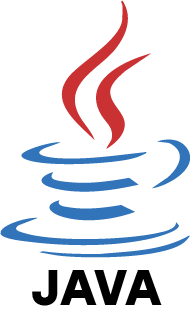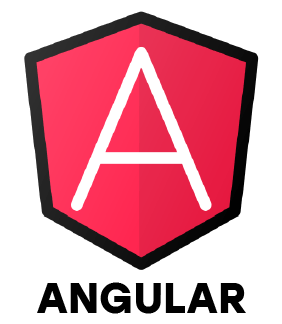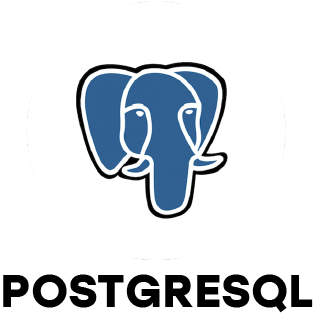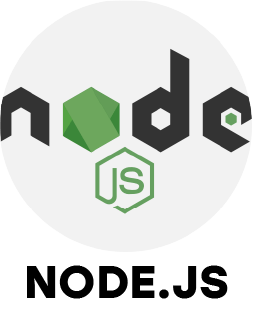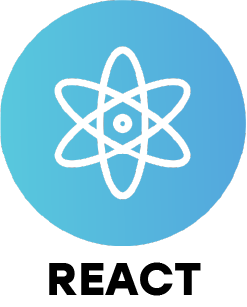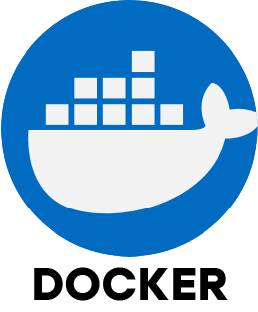1. What meant by Virtual DOM?
Ans:
The Virtual DOM is a copy of the real web page stored in memory. When changes happen, they are made in the virtual copy first. Then, only the changed parts are updated on the actual page, which makes websites faster and more efficient.
2. Why do we use JSX?
Ans:
JavaScript and HTML can be written together in a single file because of JSX. It makes creating user interfaces easier, particularly with React. This helps developers keep their code more clean organized and easy to manage.
3. What does Full Stack Development mean?
Ans:
Full Stack Development means working on both the front-end and back-end of a web application. It includes everything needed to build a complete website or app. A Full Stack Developer handles both design and functionality.
4. Which tools do Full Stack Developers use?
Ans:
Full Stack Developers use tools like HTML, CSS, JavaScript, React, Node.js, MongoDB, Git and VS Code. These tools help in designing, coding, testing and deploying web applications. Each tool supports a specific part of the development process.
5. Can you explain Inversion of Control and Dependency Injection?
Ans:
Inversion of Control means the framework takes control over some parts of code instead of you managing everything manually. Dependency Injection is when the system provides required resources or services automatically. These techniques help in writing cleaner and more maintainable code.
6. How does Pair Programming will work?
Ans:
Two programmers collaborate on a single project during pair programming. One writes the code (the driver) and the other reviews and guides (the observer). They switch roles regularly, which improves code quality and teamwork.
7. What is the role of CORS?
Ans:
A security feature in web browsers is called Cross-Origin Resource Sharing. Access to resources from other domains is limited to specific websites. This helps protect consumers from revealing their data in an unsafe or unlawful way.
8. What is the meaning of Callback Hell?
Ans:
Callback Hell happens when too many nested functions are written in the code, especially during asynchronous operations. It makes the code look messy and hard to read. Using Promises or async/await can help avoid this problem.
9. What is Full Stack Web Development about?
Ans:
Full Stack Web Development is about building both the front-end and back-end of websites or web apps. It covers everything, from server configuration and data management to UI design. A Full Stack Developer can handle the complete development process.
10. What are some tools used in Full Stack Development?
Ans:
Common tools include HTML, CSS, JavaScript, React, Angular, Node.js, MongoDB, Git and deployment platforms like Heroku. These tools help write, manage and launch web applications effectively. They also support version control, testing and debugging.

